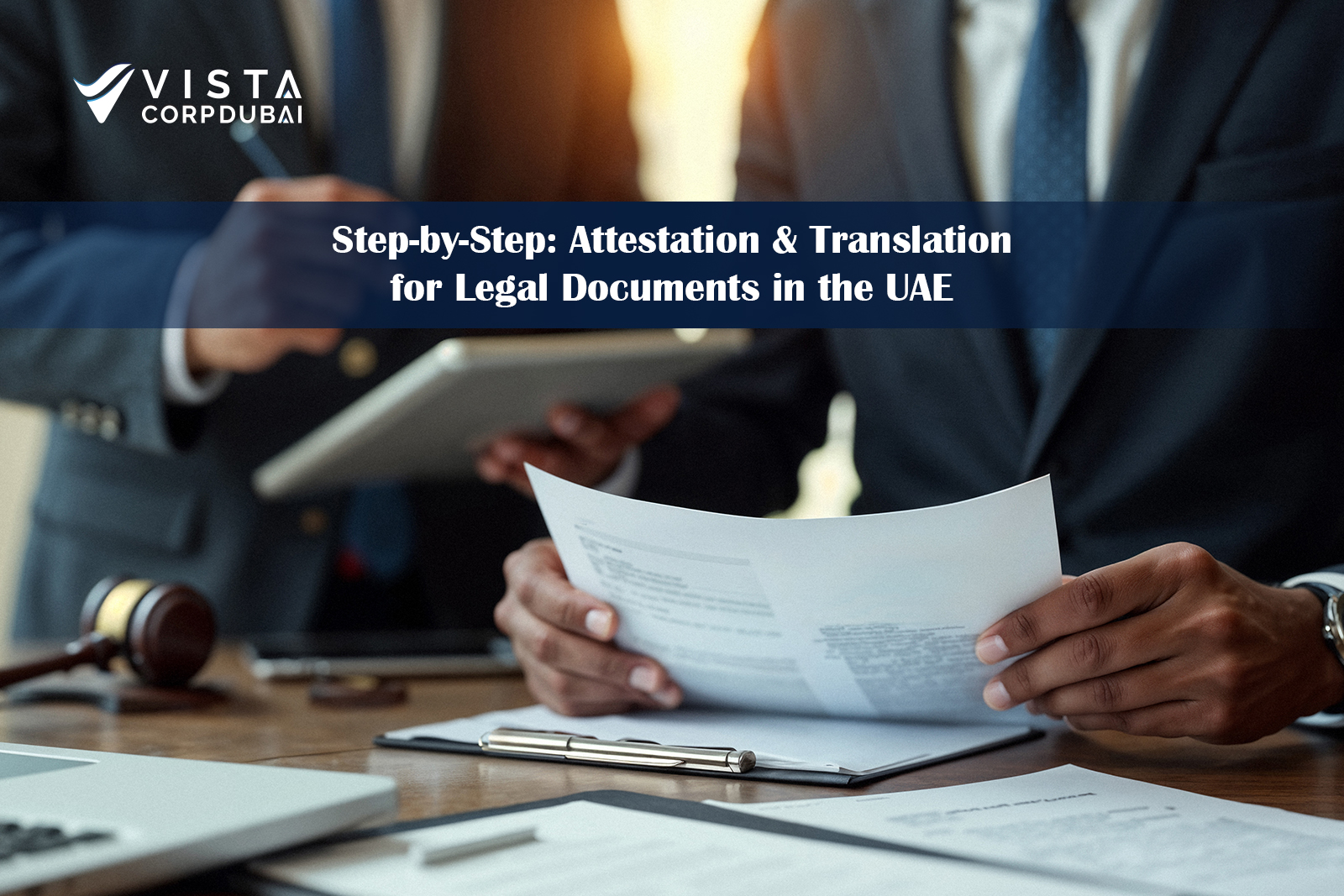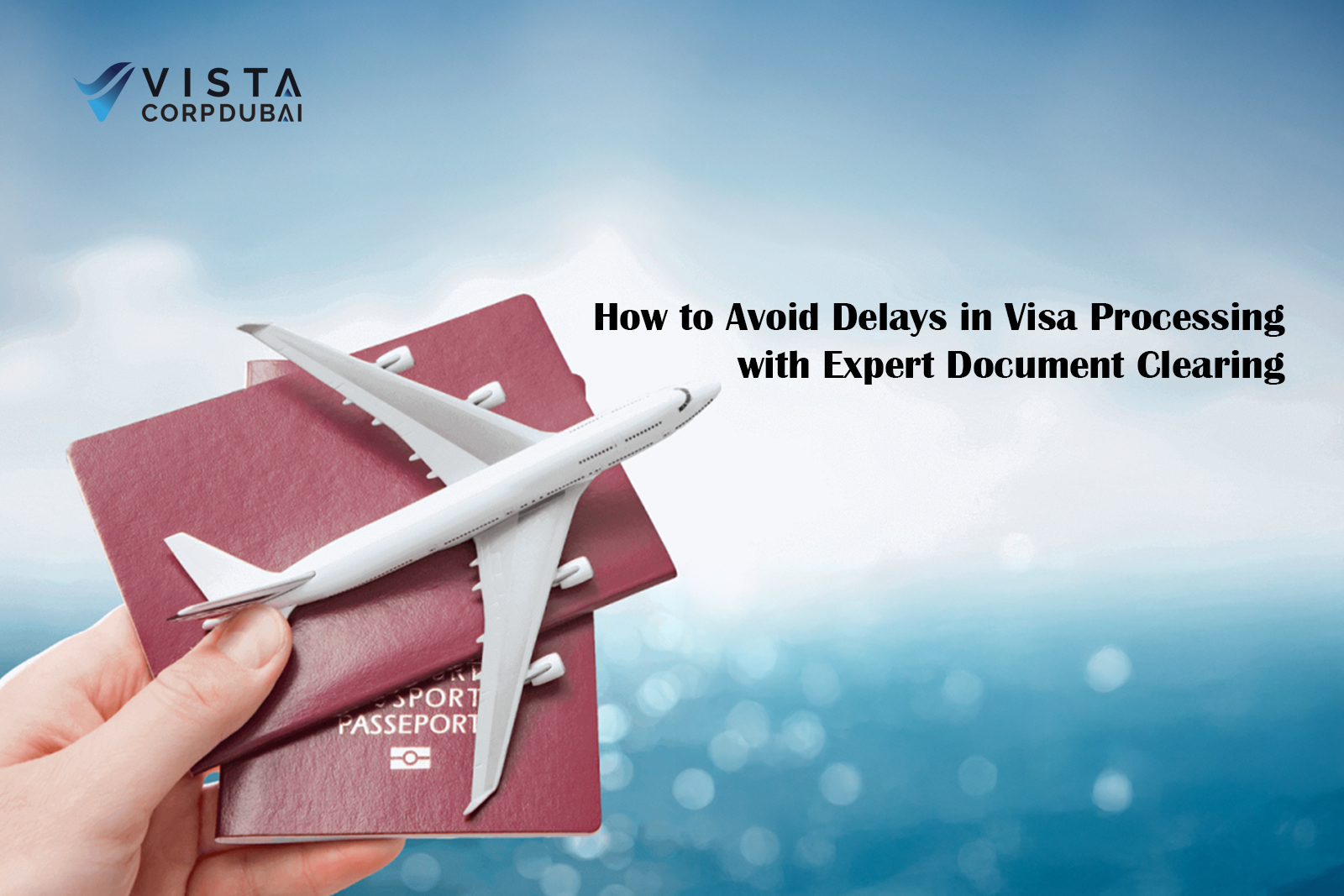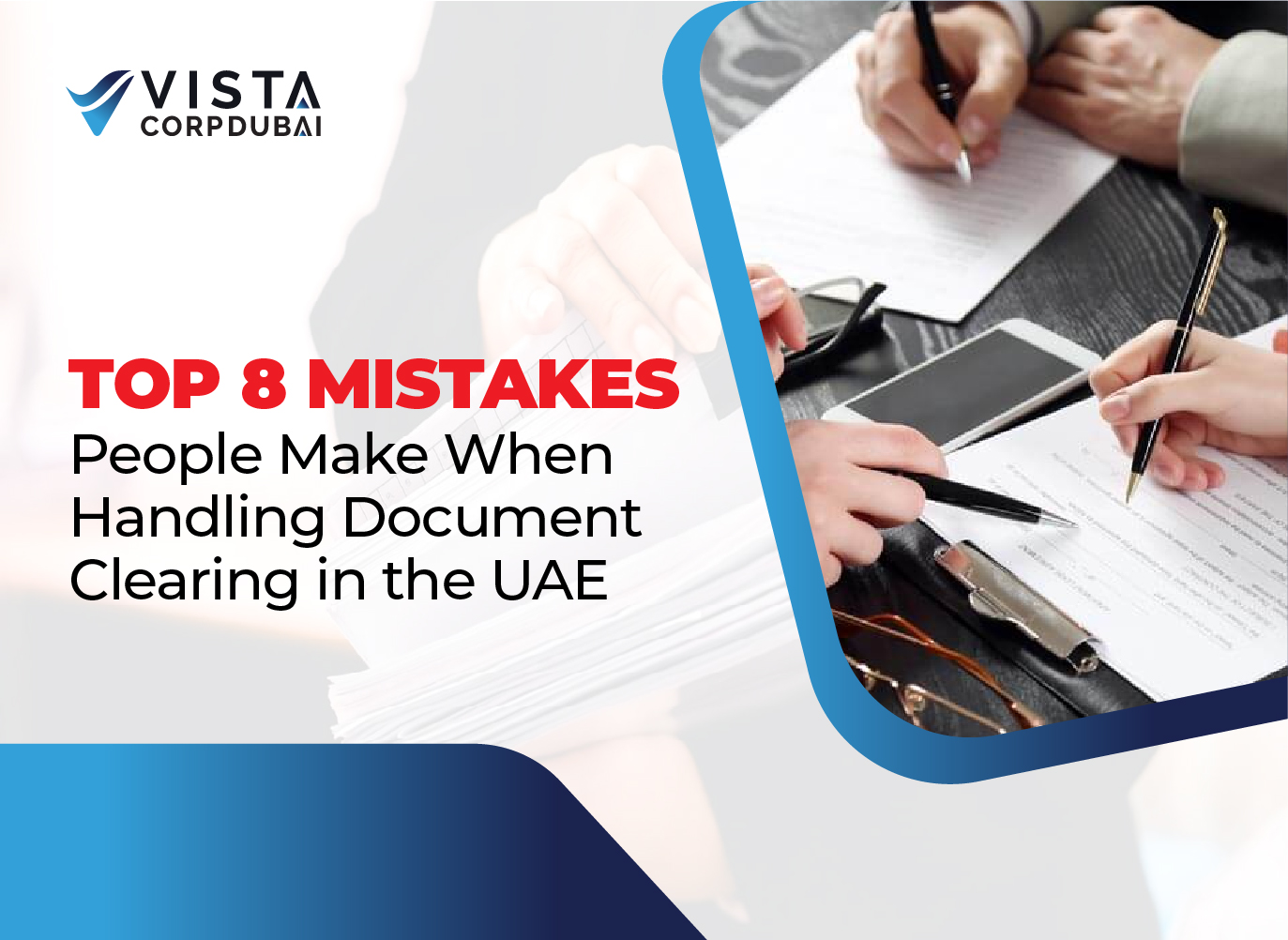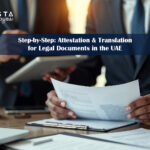Visa processing delays can throw off everything – your travel plans, job start dates, family reunions, or even major life decisions. And most of the time, the hold-up isn’t because of something big. It’s the small stuff: missing documents, errors in the application, or simply not knowing the exact process.
That’s where expert help comes in. If you want to avoid visa processing delays, working with a professional visa document clearing service is one of the smartest moves you can make. These experts know the system, understand the red flags, and make sure your paperwork checks every box before it ever lands on a visa officer’s desk.
With the right expert visa consultancy on your side, you don’t just speed things up. You reduce risk, avoid rejections, and save yourself weeks, sometimes months of waiting.
What Causes Visa Delays?
Before you can avoid delays, you need to understand what causes them. Visa processing isn’t just about submitting documents—it’s about getting everything right the first time. And in most cases, it’s the small, overlooked mistakes that slow things down.
Here’s a closer look at the most common visa application mistakes that lead to delays:
1. Incomplete Forms
Filling out visa application forms might seem straightforward, but even a minor error can cause serious problems. Leaving a field blank, entering inconsistent information, or selecting the wrong option can result in immediate rejection or requests for clarification. Immigration systems are strict—there’s no room for guesswork. One missed detail can force your application back to the starting line.
2. Missing Documents
Each visa category comes with its specific document checklist. Whether it’s proof of income, a passport-sized photo in the right format, or a valid travel itinerary, forgetting even one required item can stall your application indefinitely. Immigration authorities won’t process incomplete files, and they won’t always tell you exactly what’s missing until much later in the process.
3. Late Submissions
Timing matters more than most people realise. Submitting your visa application too close to travel dates or missing embassy deadlines can automatically delay processing. In some cases, you may be prompted to initiate a new processing cycle, which means starting the wait process all over again. Planning ahead is essential if you want to stay on schedule.
4. Miscommunication with the Visa Office
After submitting your application, the embassy or visa office may contact you for further clarification or additional documents. Failing to respond quickly or misunderstanding what they’re asking for can freeze your case. These follow-ups are often time-sensitive, and delayed responses usually mean delayed approvals.
Each of these issues might seem small on its own, but together they’re the reason most applications get stuck. If you’re serious about moving fast, understanding what causes visa delays is your first line of defence. Once you know what to avoid, the rest of the process becomes much easier to navigate.
The Importance of Accurate Visa Documentation
When it comes to visas, accuracy isn’t just preferred—it’s critical. Immigration systems are designed to filter out anything that looks suspicious, incomplete, or inconsistent. That means even the smallest mistake—a wrong date, a misspelt name, or an outdated supporting document—can trigger a delay, a request for clarification, or even a straight-up rejection.
This is precisely where expert visa document clearing services come into play. Their job isn’t just to collect your documents. They go through each file with a fine-tooth comb, checking formats, verifying that every form meets the latest immigration standards, and ensuring your submission meets the specific requirements of the visa you’re applying for.
Think of it as applying quality control to your visa application. With a professional handling your immigration document clearing, you’re far less likely to overlook key details or submit documents that fall short of what the system expects.
Here’s why accurate visa documentation is non-negotiable:
- Immigration systems are designed to catch inconsistencies. Your documents need to tell a clear and consistent story—otherwise, red flags pop up.
- Automation doesn’t give second chances. Many immigration systems use automated checks before a human ever reviews your file. These systems don’t care about context or intent; they only care about clean, complete data.
- Visa officers don’t have time to interpret errors. They’re reviewing hundreds of applications daily. If your paperwork is messy or unclear, they’ll likely move on or flag it for further scrutiny.
To stay ahead, you need to follow the best practices for visa documentation:
- Review every document thoroughly
- Ensure consistency across all forms
- Use updated templates or formats when required
- And when in doubt, get professional guidance
The bottom line? The more accurate your documentation, the faster and smoother your visa journey will be.
Step-by-Step Visa Application Process to Prevent Delays
Rushing through your visa application might save you time today, but it’s one of the fastest ways to get stuck in delays tomorrow. A structured, step-by-step approach helps you avoid errors, keep everything organised, and ensure your file is ready for submission without any last-minute surprises.
Here’s a breakdown of the key visa application process steps you should follow:
1. Identify the Right Visa Category
Start by figuring out which visa fits your situation. Is it for tourism, work, residency, or a dependent? Each visa type comes with its own eligibility criteria, required documents, and processing times. Applying under the wrong category is one of the most common reasons for early rejection or delay, so don’t skip this step. If needed, speak to a visa consultant to confirm you’re choosing the right path.
2. Gather All Required Documents
Next, compile your documents using the most recent checklist provided by the immigration authority. These checklists can change without much notice, so don’t rely on outdated versions you found online last year. This step is all about being thorough – passport copies, photos, bank statements, medical reports, invitation letters – whatever is required for your visa type must be collected in advance.
3. Complete Visa Application Forms Accurately
When you fill out the application, take your time. Every section must be filled, and the information should be consistent across all forms and supporting documents. Mismatched names, incorrect passport numbers, or contradictory travel plans raise red flags immediately. If the form is digital, use the official format and save a backup.
4. Review Everything Carefully
Before you even think about submitting, give your entire file a second and third look. Check spellings, expiry dates, scanned document quality, and document formatting. This is your last chance to catch errors that could cause delays down the line.
5. Submit the Visa Application on Time
Timing is everything. Embassies and immigration offices often operate with limited appointment slots or changing wait times. Submitting your application early gives you a buffer in case follow-ups are needed. Waiting until the last minute can cause your application to be processed in the next cycle or even miss your intended travel date.
6. Respond Quickly to Visa Office Requests
Sometimes, even well-prepared applications trigger follow-up questions or requests for additional documents. Don’t sit on these. A slow response can pause your case indefinitely or reset your processing timeline. Treat any communication from the visa office as time-sensitive and respond with clear, complete answers.
Following this step-by-step process doesn’t just help you stay organised – it also shows the visa office that your case is clean, complete, and ready for review. It’s not just about meeting the requirements. It’s about reducing the chances of delay by doing everything right the first time.
How Expert Visa Consultancy Can Fast-Track Your Visa
Here’s the thing: navigating visa requirements on your own is risky. Small oversights can lead to big delays. But when you bring in visa expert services, you tap into a level of experience that shortcuts the chaos.
A trusted expert visa consultancy knows exactly how to:
- Interpret embassy and consulate requirements (which often change)
- Pre-screen your documents to flag issues early
- Guide you on the best submission timelines
- Handle back-and-forth communication with the visa office
This kind of support doesn’t just make the process easier—it actively helps fast-track your visa application by removing the usual guesswork and human errors.
One of the key tools experts use is a visa approval checklist – a simple but powerful document that tracks everything needed for a successful application, from financial statements to passport photos to travel itineraries.
And when the visa office reaches out for clarification? A consultancy knows how to respond to visa office requests quickly and professionally, without creating further delays. This is crucial for keeping your case active and moving forward.
If you want to mitigate visa processing issues, expert help isn’t just a convenience; it’s a strategic advantage.
Practical Visa Processing Tips to Speed Up Your Application
If you’re managing your own application, here are some practical tips to keep things running smoothly and reduce immigration wait times:
- Double-check every document: Typos, missing pages, or incorrect formats can lead to instant rejection or requests for resubmission.
- Stay organised: Keep all your files in one place – digitally and physically. Use folders labelled by document type or submission stage.
- Communicate promptly: If the embassy or immigration office contacts you, respond immediately. Delays in your replies can freeze your application timeline.
- Keep copies of everything: Save digital and printed versions of all submitted documents and correspondence. You’ll need them if you have to reapply or provide clarifications.
- Stick to deadlines: Don’t leave submissions to the last minute. Processing times vary, and many systems now require appointments booked well in advance.
These basic but powerful habits help prevent visa delays before they ever start. Whether you’re working with professionals or applying on your own, they’re non-negotiable for a stress-free visa journey.
Conclusion
Visa delays aren’t just frustrating—they can disrupt travel, job opportunities, and long-term plans. But the good news is, most of these delays are preventable. When you combine accurate documentation with a clear, step-by-step application process, you cut down on mistakes, reduce wait times, and increase your chances of approval.
The easiest way to get it right from the start? Work with professionals.
At Vista Corp Dubai, our expert visa consultancy and document clearing services are built to speed up your visa processing time, catch red flags before submission, and help you avoid unnecessary back-and-forth with immigration offices. Whether it’s a business visa, residency, or a dependent application, we know exactly how to move things fast and right.
Don’t let paperwork hold up your plans. Reach out to Vista Corp Dubai today and let our team help you submit a clean, complete, and on-time visa application without the hassle.









